-
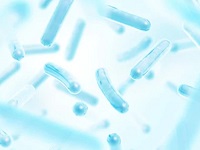
Dairy products boost effectiveness of probiotics
The success of probiotics for boosting human health may depend partly upon the food, beverage, or other material carrying the probiotics, according to research published on July 10th in Applied and Environmental Microbiology, a journal of the American Society for Microbiology. “Our f...Read more -

Changes in dairy industry benefit dairy cattle health, consumers
Profound changes in the dairy industry in recent decades have benefited the health and welfare of dairy cows, as well as consumers. A team of dairy science experts provides valuable insights into these changes, as well as the science behind them, and also identify knowledge gaps and further resea...Read more -

Detecting disease in beef cattle using ear tag units
A smartphone switches its orientation from portrait to landscape depending on how it’s tilted. A car’s airbags inflate when it senses collision forces. By detecting earth’s vibrations, a computer can measure the magnitude and aftershocks of an earthquake. These technologies are ...Read more -

Cattle movement estimation study sheds light on disease risk
A new technique developed by a Kansas State University researcher helps estimate the movement of beef cattle to determine the risk of disease. Caterina Scoglio, professor of electrical and computer engineering, co-authored a study that used aggregated data from the U.S. Department of Agriculture ...Read more -

Caring for horses eases symptoms of dementia
In the first study of its kind, researchers have determined that spending time with horses eases symptoms of Alzheimer’s dementia. A collaboration between The Ohio State University, an equine therapy center and an adult daycare center found that people with Alzheimer’s were able to sa...Read more -

Cattle disease spread by vets, not cows
A cattle disease that affected more than 5,000 cows, over 500 of which were killed, was probably spread by vets farmers and cattle traders in Germany, according to one of the first research articles published in the new open access journalHeliyon. The authors of the study, from Friedrich-Loeffler...Read more -

Stroking helps calves develop a better relationship with humans, increases weight gain
Gentle interactions improve the relationship between humans and animals. In a recent study published in the journal Applied Animal Behaviour Science, researchers at the Vetmeduni Vienna show that calves that were stroked by people early in their life gained weight more quickly than animals that w...Read more -

Lactation, weather found to predict milk quality in dairy cows
The quality of colostrum — the nutrient-rich milk newborn dairy calves first drink from their mothers — can be predicted by the mother’s previous lactation performance and weather, according to new research from the NH Agricultural Experiment Station at the University of New Ham...Read more -

Successful LA-MRSA strategy for pig herds
Norway is the only country to have implemented a “search and destroy” strategy against LA-MRSA among pig herds to date. A study of the strategy’s effect shows that pig farm workers are the principal source of infection among Norwegian herds, a transmission route that was previou...Read more -

Oregano may reduce methane in cow burps
It may sound pretty harmless, but methane emissions from cows are a large problem for the climate. When ruminants digest their feed, methane is formed as a natural by-product of the microbial process in the rumen, and since methane is a 25 times more powerful greenhouse gas than carbon dioxide, t...Read more -

Estrogen, antibiotics persisted in dairy farm waste after advanced treatment, research finds
When University at Buffalo chemists began studying waste disposal at a dairy farm in New York State, they thought that the farm’s advanced system for processing manure would help remove estrogens and antibiotics from the excrement. Instead, the scientists found that the chemicals largely pe...Read more -

Developing ways to study influenza D virus
Although a new influenza virus, now called influenza D, was discovered first in pigs, researchers found it was more common in cattle. However, further research has identified antibodies to the virus in small ruminants, but not in poultry. To identify exposure to the virus, South Dakota State Univ...Read more -

Horses communicate with eyes and mobile ears
Horses are sensitive to the facial expressions and attention of other horses, including the direction of the eyes and ears. The findings, reported in the Cell Press journal Current Biology on August 4, are a reminder for us humans to look beyond our own limitations and recognize that other specie...Read more -
Protein in, ammonia out
Ammonia gas packs quite the smelly punch. In small doses, it’s what makes smelling salts so effective. But high levels of ammonia can be a health hazard and a pollutant. Dairy farms are one of the major sources of ammonia emissions. The U.S. Environmental Protection Agency estimated that da...Read more -
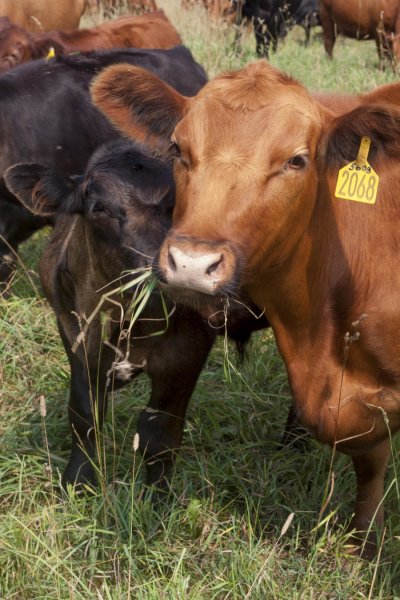
Environmentally friendly cattle production
Three hundred years ago, enormous herds of bison, antelope and elk roamed North America, and the land was pristine and the water clean. However, today when cattle congregate, they’re often cast as the poster animals for overgrazing, water pollution and an unsustainable industry. While some ...Read more -
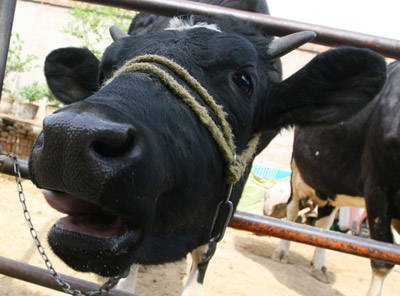
The threat of foot-and-mouth disease in New Zealand
The threat of foot-and-mouth disease in New Zealand Isolation and the early practice of quarantine and disease control have kept New Zealand livestock free of the more serious diseases found in animals in Europe, Asia and the Americas. This is an advantage for New Zealand, and keeps its livestock...Read more -
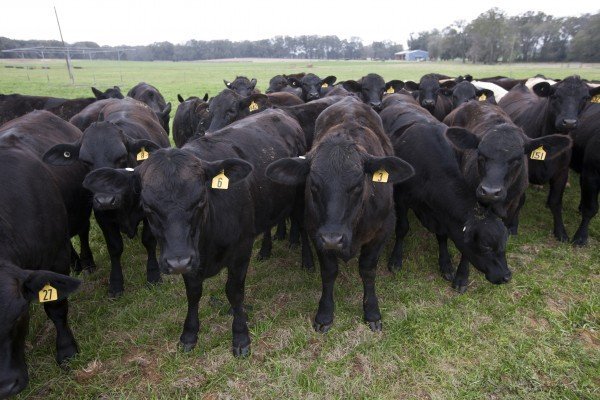
Scientists work to develop heat-resistant ‘cow of the future’
Scientists work to develop heat-resistant ‘cow of the future’ University of Florida scientists are working to breed the “cow of the future” by studying the more heat-tolerant Brangus cow — a cross between an Angus and a Brahman. University of Florida scientists are ...Read more -
Researchers discover new cattle disease and prevent it from spreading
Researchers discover new cattle disease and prevent it from spreading Following genetic studies of deformed calves, research is able to uncover a previously unknown disease found among Holstein cattle. The breeding bull from which the mutation and thus the deformation originate has now been put d...Read more -
Protecting pigs from PRRS during reproduction
Protecting pigs from PRRS during reproduction In the words of Kansas State University researcher Raymond “Bob” Rowland, his latest work is helping to eradicate a devastating swine disease. The disease is caused by the porcine reproductive and respiratory syndrome, or PRRS, virus. The ...Read more -
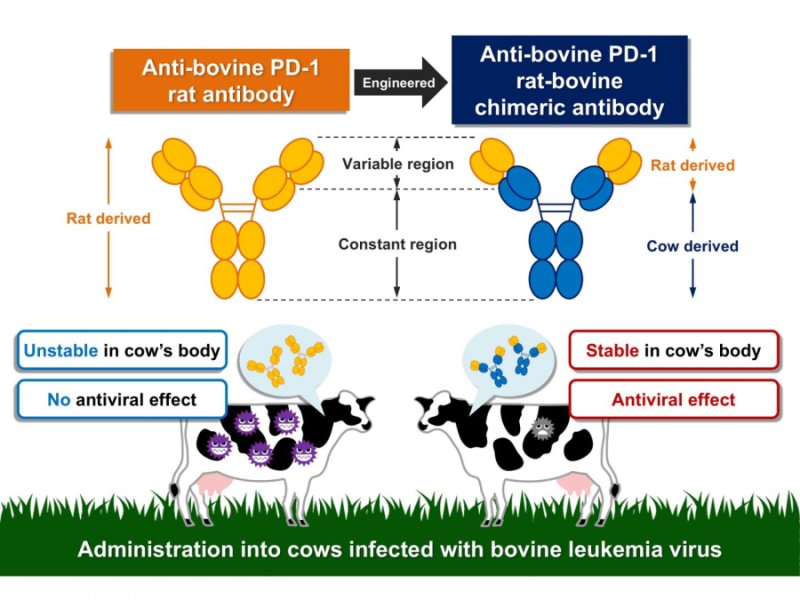
Overcoming immune suppression to fight against bovine leukemia
Overcoming immune suppression to fight against bovine leukemia The anti-bovine PD-1 rat antibody (left) was found unstable in the cow’s body and had no antiviral effect. So, the research team formed a rat-bovine chimeric antibody (right) which successfully showed an antiviral effect. Bovin...Read more -
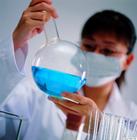
Antibiotics could be cut by up to one-third
Nine in 10 dairy farmers participating in a new survey from the Royal Association of British Dairy Farmers (RADBF) say that the farming industry must take a proactive lead in the battle against antibiotic resistance. Those questioned also think that over the next five years they could cut their o...Read more

